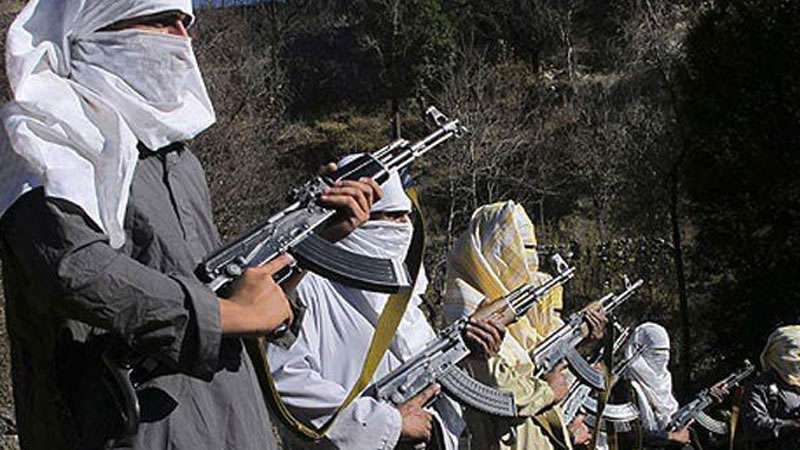 The decision of the Prime Minister to ask the Finance Minister Abdul Hafeez Shaikh to resolve the circular debt issue immediately by holding meetings with all the stakeholders appears to be appropriate. The direction was given in a meeting held at the PM’s House on 18th February, 2011 where the Secretary Petroleum Imtiaz Qazi had briefed the Prime Minister about the issue of the circular debt and the energy supply and demand conditions in the country.MD, PSO, Irfan Qureshi, who was also present in the meeting, is reported to have requested for immediate release of at least 50 percent of the total circular debt hangover of Rs 158.65 billion from the power sector because the state-owned oil marketing company was facing immense difficulties in making timely payments to its suppliers due to non-payment from the power sector. Acting on the instructions of the Prime Minister, Dr Hafeez Sheikh held a meeting with the relevant ministries including the MD, PSO on 21st February wherein it was decided to pay Rs 60 billion out of the public exchequer on behalf of power companies to avert a looming international default on fuel supplies as part of a set of measures to melt down about Rs 300 billion inter-corporate circular debt.Out of Rs 30 billion to be released immediately, Rs 24 billion will be provided to PSO this week, while Rs 6 billion will be paid to IPPs to enable them to maintain their day-to-day business operations. The meeting also decided to make at source diversion of Rs 10 billion every month from the monthly electricity bills of power companies to the PSO to ensure uninterrupted supplies of furnace oil for power generation. It was also reported that a working group had been formed to devise a mechanism for complete eradication of circular debt that has held the energy sector hostage.It is reassuring to know that the political leadership of the country, including the Prime Minister, is now fully aware of the prevailing energy crisis and realise the urgency to resolve the circular debt issue at the earliest. There is no doubt that if the issue was not tackled properly, it could devastate the economy and have serious social repercussions.
The decision of the Prime Minister to ask the Finance Minister Abdul Hafeez Shaikh to resolve the circular debt issue immediately by holding meetings with all the stakeholders appears to be appropriate. The direction was given in a meeting held at the PM’s House on 18th February, 2011 where the Secretary Petroleum Imtiaz Qazi had briefed the Prime Minister about the issue of the circular debt and the energy supply and demand conditions in the country.MD, PSO, Irfan Qureshi, who was also present in the meeting, is reported to have requested for immediate release of at least 50 percent of the total circular debt hangover of Rs 158.65 billion from the power sector because the state-owned oil marketing company was facing immense difficulties in making timely payments to its suppliers due to non-payment from the power sector. Acting on the instructions of the Prime Minister, Dr Hafeez Sheikh held a meeting with the relevant ministries including the MD, PSO on 21st February wherein it was decided to pay Rs 60 billion out of the public exchequer on behalf of power companies to avert a looming international default on fuel supplies as part of a set of measures to melt down about Rs 300 billion inter-corporate circular debt.Out of Rs 30 billion to be released immediately, Rs 24 billion will be provided to PSO this week, while Rs 6 billion will be paid to IPPs to enable them to maintain their day-to-day business operations. The meeting also decided to make at source diversion of Rs 10 billion every month from the monthly electricity bills of power companies to the PSO to ensure uninterrupted supplies of furnace oil for power generation. It was also reported that a working group had been formed to devise a mechanism for complete eradication of circular debt that has held the energy sector hostage.It is reassuring to know that the political leadership of the country, including the Prime Minister, is now fully aware of the prevailing energy crisis and realise the urgency to resolve the circular debt issue at the earliest. There is no doubt that if the issue was not tackled properly, it could devastate the economy and have serious social repercussions.
Also, we don’t doubt the intentions of the government to settle the problem without losing more time but sadly, the decisions in the meeting of 21st February could only postpone the problem for a few months without resolving it on a permanent basis, which would require redoubling of efforts on a number of fronts involving harsh measures that may be politically unpalatable.In fact, if the issue was so easy to resolve, it would not have lingered on for such a long time, resulting in huge losses to the economy in terms of growth, employment and the overall quality of life in the country. The government itself, for instance, had estimated that the cumulative effect of the energy crisis on the economy was more than 2 percent of the GDP during 2009-10 alone. Coming to the redressal of the problem, the basic reason for the accumulation of such a high level of circular debt has to be understood properly as well as the necessary measures taken to avoid it on a lasting basis in the future.The fundamental problem of the power sector stems from the “viability gap” or in other words, a huge disparity between cost of production and tariffs of energy. The inability of the government to increase the energy tariff particularly prior to 2007-08, even though generation cost kept increasing, gave rise to substantial cost-tariff differential.
As the element of subsidy increased, large amounts of circular debt were created because power producing companies were unable to receive payments from the distribution companies, forcing the power producers to default or defer payments to fuel suppliers. It follows then that a mechanism has to be devised to revise the power tariffs regularly to recover the cost of power. According to certain estimates, the present gap between average generation cost and recovery was close to 30 percent.The working group formed in the meeting could, therefore, propose a hefty increase in power tariff, but whether the present government, or for that matter any future government, would be prepared to pay the political price for such a rise in power tariff is anybody’s guess. Already, following the example of certain other countries, some of the local pundits are predicting a kind of mass agitation or chaos due to high inflation and rising poverty.Transmission and distribution (T&D) losses estimated at over 20 percent have also to be minimised to the international levels. Given the connivance of the staff and the reluctance of the distribution companies to confront the major defaulters and check the rampant theft of electricity, is also not going to be an easy task.
The problem of settling the outstanding amount of circular debt through budget provisions is even more tricky and complicated. We don’t need to go into details but everybody knows that the country’s fiscal position is so precarious at present that the huge amount needed to resolve the issue cannot be set aside for the purpose.At best, a few billion rupees could be spared at times to temporarily avoid a complete shutdown. Also, if the taxpayers’ money is used for clearing the circular debt, the question of the moral hazard cannot be ignored, because ordinary taxpayers would then be paying for those who are relatively rich, consume more energy and often indulge in illegal practices of stealing electricity.In all fairness, the Finance Minister does not have a magic wand to heal the old festering wound and rectify the situation in the energy sector immediately. At the same time, the truth cannot be avoided that the nation has to pay for past omissions somehow and swallow some bitter pills by adopting several harsh measures to keep the engine of the economy, particularly the industry, moving and promote the welfare of the people. We know that there are no easy options but a modern economy cannot exist and sustain itself for long without adequate and regular supply of energy – Brecorder











